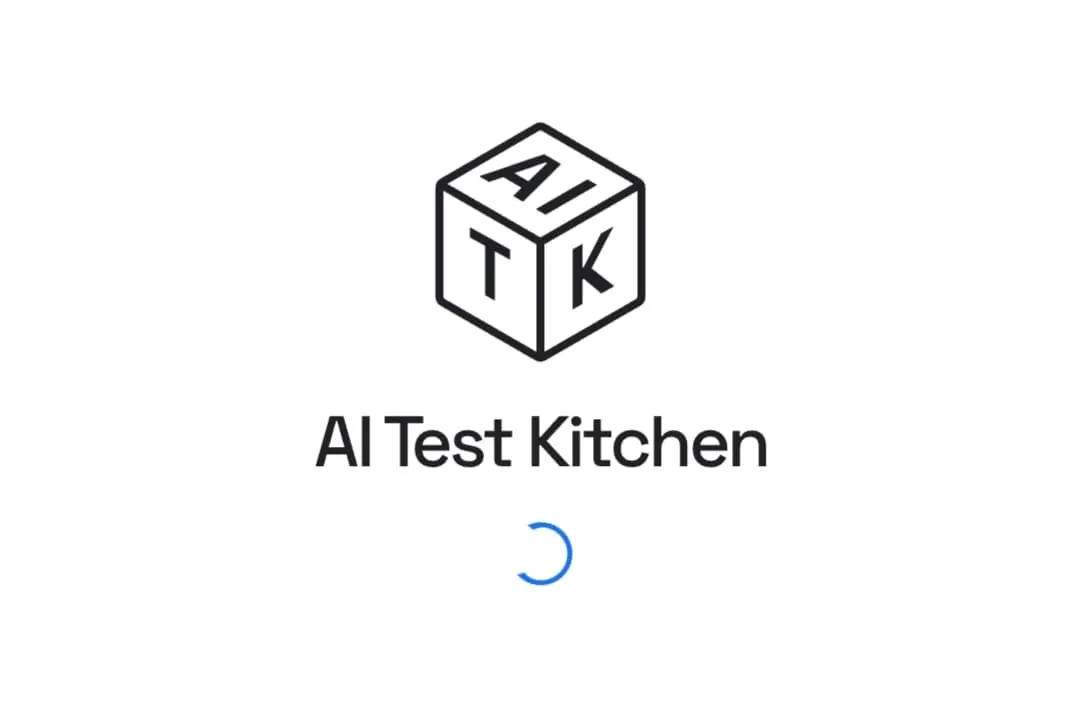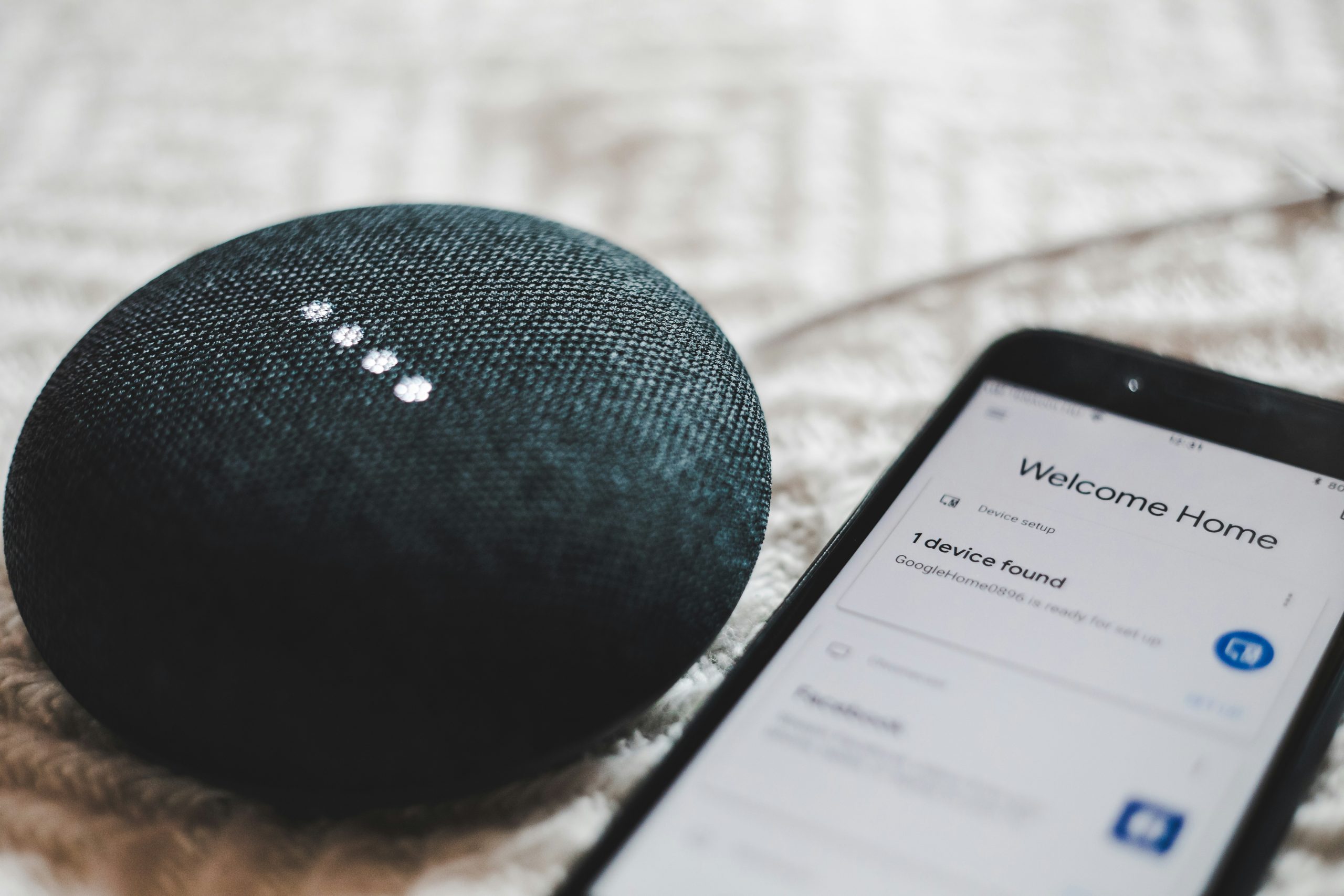As technology continues to reshape our living spaces, the concept of home cinema has undergone a remarkable transformation. This year, What Hi-Fi? is dedicating an entire week to celebrating the advancements and innovations in home cinema technology, starting July 1st, 2024. This event promises to showcase the latest trends and offer valuable insights for enthusiasts looking to elevate their home entertainment experience.
The Rise of Multi-Purpose Living Spaces
Gone are the days when home cinemas were confined to dedicated rooms. Today’s trend leans towards integrating high-quality audio-visual setups into multi-purpose living areas. This shift reflects a growing desire for versatile spaces that can seamlessly transition from everyday living to immersive entertainment hubs.The Consumer Technology Association (CTA) reports a significant increase in smart home device adoption, with home entertainment systems leading the charge. This trend underscores the growing importance of flexible, technology-driven living spaces that cater to diverse needs without compromising on quality.
Advancements in Display Technology
One of the most notable developments in home cinema technology is the evolution of display systems. While projectors have long been the go-to for large-screen experiences, recent advancements in TV technology are challenging this norm.
The TV Revolution
Modern TVs are pushing the boundaries of size and quality. LG’s OLED technology and Sony’s BRAVIA XR series are prime examples of how far TV technology has come. These displays offer stunning picture quality, with deep blacks, vibrant colors, and impressive HDR performance that rival, and in some cases surpass, traditional projector setups.The introduction of 8K resolution is another game-changer. While content is still catching up, the 8K Association predicts a significant increase in 8K content availability over the next few years, making these ultra-high-resolution displays more appealing for future-proofing home cinema setups.
Projectors: Still in the Game
Despite the advancements in TV technology, projectors remain a viable option for those seeking the largest possible screens. JVC’s 8K e-shift technology and Sony’s native 4K SXRD projectors continue to push the boundaries of what’s possible in home projection.
Audio Innovations: Surrounding the Senses
No home cinema is complete without a compelling audio system, and recent innovations are bringing theater-quality sound into homes like never before.
Immersive Audio Formats
Dolby Atmos and DTS:X have revolutionized home audio, offering three-dimensional soundscapes that envelop the listener. These object-based audio formats are no longer limited to high-end setups; they’re increasingly available in soundbars and mid-range AV receivers, making immersive audio accessible to a broader audience.
Wireless Audio Solutions
The trend towards cleaner, wire-free setups has led to significant improvements in wireless audio technology. WiSA (Wireless Speaker and Audio Association) is at the forefront of this movement, promoting high-resolution, low-latency wireless audio standards that promise to simplify home cinema setups without compromising on quality.
Smart Integration and User Experience
The modern home cinema is not just about picture and sound; it’s about seamless integration and intuitive control.
Voice Control and AI
Voice assistants like Amazon’s Alexa and Google Assistant are becoming integral parts of home cinema systems, allowing users to control their entire setup with simple voice commands. Artificial intelligence is taking this further, with systems that can learn user preferences and automatically adjust settings for optimal viewing experiences.
Streaming and Content Management
With the proliferation of streaming services, content management has become a crucial aspect of home cinema. Platforms like Plex and Kodi offer comprehensive solutions for organizing and accessing vast libraries of content across multiple devices and screens.
The Future of Home Cinema
As we look beyond 2024, several emerging technologies promise to further revolutionize the home cinema experience.
Virtual and Augmented Reality
VR and AR technologies are poised to offer new dimensions in home entertainment. While still in their early stages for home cinema applications, these technologies could potentially provide personalized, immersive experiences that go beyond traditional viewing.
Holographic Displays
Although currently in the realm of science fiction for home use, holographic display technology is advancing rapidly. Research institutions and tech giants are investing heavily in this area, potentially paving the way for truly three-dimensional home cinema experiences in the future.
Conclusion: A New Era of Home Entertainment
As What Hi-Fi? celebrates Home Cinema Week 2024, it’s clear that we’re entering a new era of home entertainment. The lines between traditional cinema and home viewing experiences are blurring, with technology bringing unprecedented quality and immersion to our living rooms.From advanced display technologies and immersive audio systems to smart integration and emerging technologies like VR and AR, the future of home cinema is bright and full of possibilities. As these technologies continue to evolve and become more accessible, they promise to transform not just how we watch movies at home, but how we experience entertainment as a whole.The celebration of Home Cinema Week 2024 serves as a testament to how far we’ve come and offers a glimpse into the exciting future that lies ahead for home entertainment enthusiasts. As we continue to push the boundaries of what’s possible, one thing is certain: the home cinema of tomorrow will be more immersive, more intuitive, and more impressive than ever before.

 Medical4 years ago
Medical4 years ago
 Gadgets4 years ago
Gadgets4 years ago
 Environment4 years ago
Environment4 years ago
 Medical4 years ago
Medical4 years ago
 Energy4 years ago
Energy4 years ago
 Environment3 years ago
Environment3 years ago


